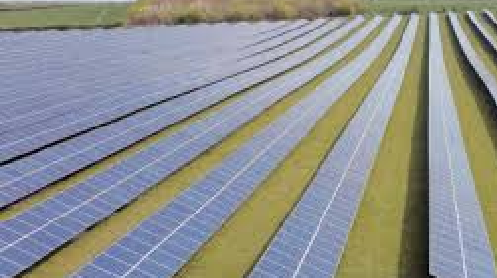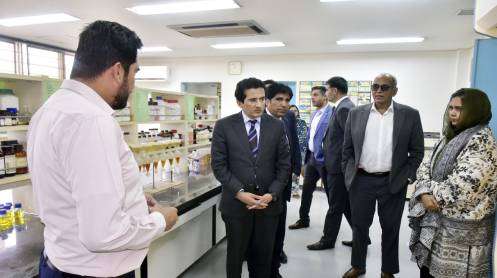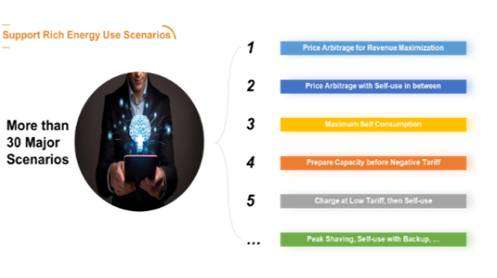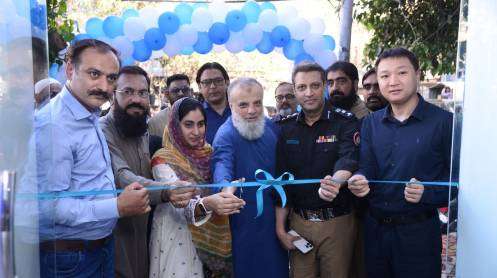China installed 59.71 GW of new solar capacity in the first quarter of 2025, according to the National Energy Administration (NEA), with March alone contributing 20.24 GW—up 124% year-on-year. By the end of March, China’s total power generation capacity hit 3.43 TW, a 14.6% increase from last year, with solar reaching 950 GW (up 43.4%) and wind 540 GW (up 17.2%).
Despite booming capacity, power generation investment by major state-owned enterprises dipped 2.5% year-on-year to CNY 132.2 billion ($18.1 billion), while grid investments surged 24.8% to CNY 95.6 billion.
Meanwhile, the China Nonferrous Metals Industry Association (CNMIA) reported stable polysilicon prices, with top-tier producers selling at CNY 40–42/kg. However, wafer and cell prices continued to fall amid weak demand. Wafer prices dropped sharply, with 183N wafers at CNY 1.20/piece and P-type M10 wafers trading at CNY 1.05–1.15 domestically. Cell prices also declined, with 182P cells down to CNY 0.27–0.29/W.
Module prices, having peaked in early April, are now falling. Utility-scale project prices range from CNY 0.67–0.71/W, while distributed project modules average CNY 0.72–0.75/W. Overseas prices for TOPCon, HJT, and PERC modules remain relatively stable.
In industry developments, Yonz Technology broke ground on a CNY 3.5 billion aluminum PV frame project in Baotou with a planned capacity of 100 GW. Xinte Energy reported Q1 2025 revenue of CNY 3.19 billion with a net loss of CNY 263.01 million, while Jinko Technologies posted a 15.4% drop in net profit to CNY 324 million despite a 9.25% rise in revenue.







